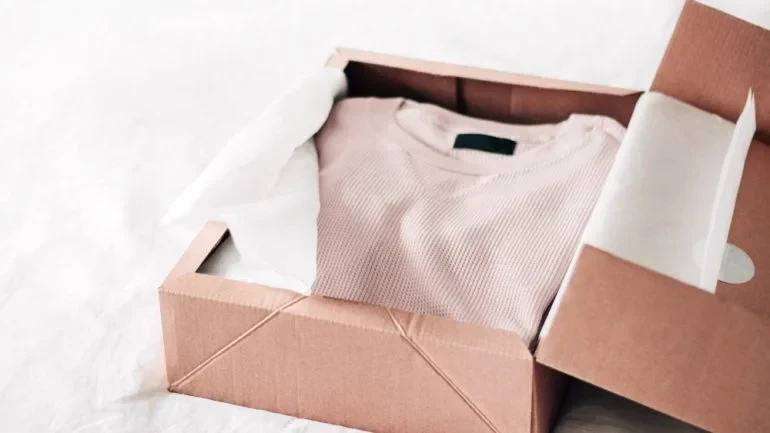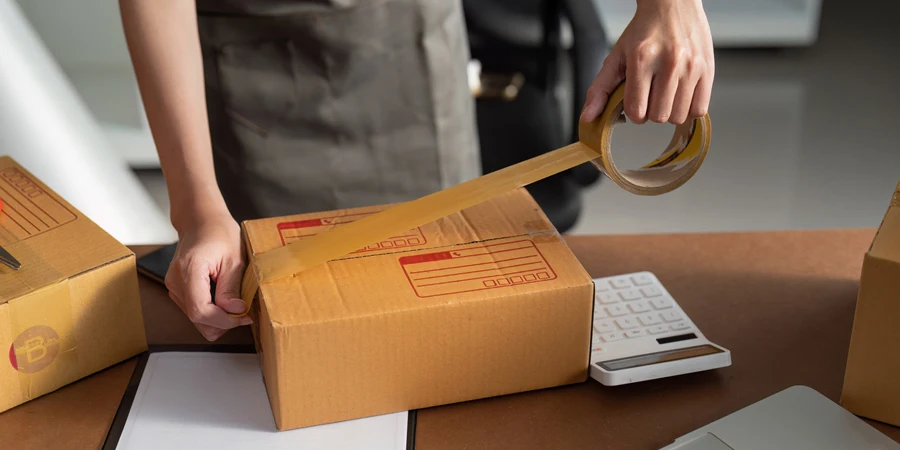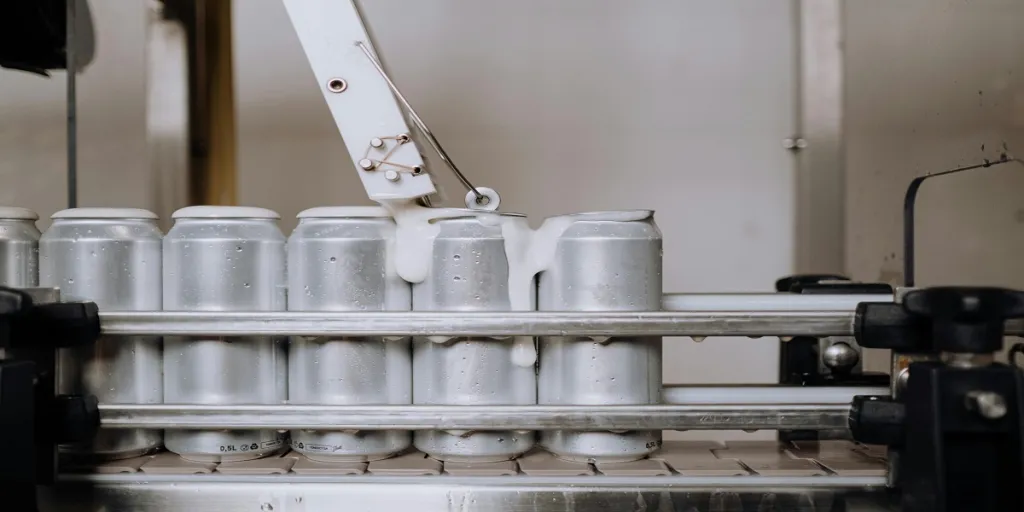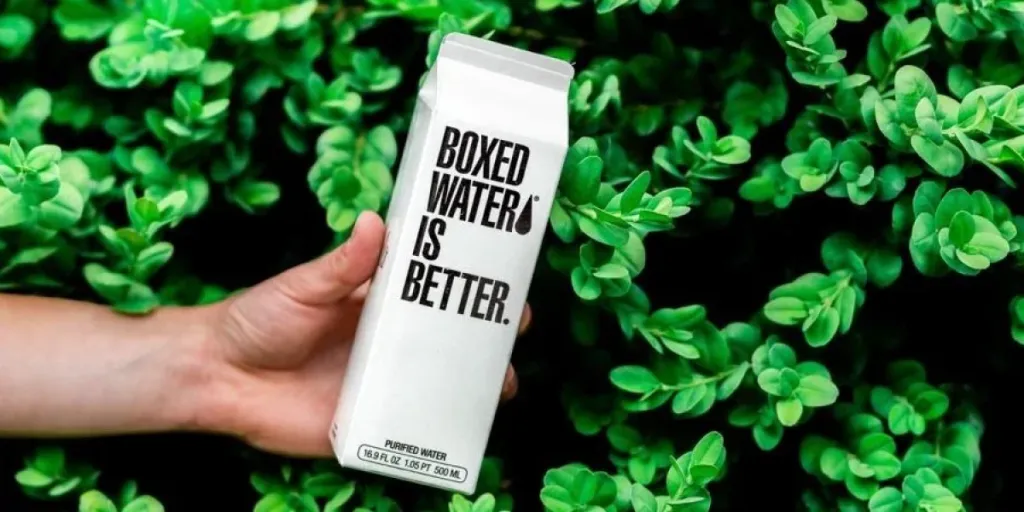From sustainability to customer engagement, packaging is at the heart of the fashion industry’s online revolution.

As fashion brands pivot towards online platforms, the packaging industry is playing an increasingly pivotal role in shaping these brands’ e-commerce narratives.
The rise of online shopping has not only transformed how consumers buy clothes but also how these products reach their doorsteps.
In this intricate dance of logistics and branding, packaging emerges as a critical player — influencing everything from customer satisfaction to environmental impact.
The unboxing experience: more than just a box
One of the most understated yet vital aspects of e-commerce is the unboxing experience. This experience can significantly influence a brand’s perception and customer loyalty.
In fashion e-commerce, where the tactile experience of shopping in a store is absent, the tactile sensation of unpacking a purchase plays a heightened role.
Brands are increasingly aware of this and are investing in custom packaging solutions that not only protect garments during transit but also resonate with their aesthetic and ethical values.
For instance, luxury brands might use high-quality, branded boxes that customers feel compelled to keep rather than discard. Meanwhile, eco-conscious brands are innovating with biodegradable or recyclable materials that align with their sustainability commitments.
Packaging companies are responding to these needs by offering a wider range of bespoke options.
These include soft-touch materials, unique box shapes, and personalised printing techniques that can turn a mundane cardboard box into a part of the luxury experience.
This bespoke approach not only elevates the customer experience but also enhances the brand’s image — transforming packaging from a necessity to a critical part of the marketing strategy.
Sustainability at the forefront of fashion packaging
As environmental concerns become more pressing, sustainability has moved to the forefront of the packaging industry’s agenda.
The fashion sector, in particular, is under scrutiny for its environmental footprint, and how products are packaged is a significant part of this equation.
Innovative packaging solutions aimed at reducing waste and increasing recyclability are becoming more prevalent. Many brands are shifting towards using recycled materials for their shipping boxes and fillers.
Moreover, the concept of “minimalist packaging” — using the least amount of material without compromising on protection — is gaining traction.
This shift is not just about appeasing the environmentally conscious consumer but also about adhering to increasingly stringent regulations regarding packaging waste.
Brands and packaging companies alike are recognising that sustainable packaging isn’t just good for the planet; it’s good for business. It can streamline shipping, reduce costs, and build a positive brand image that attracts and retains a loyal customer base.
The digital connection: QR codes and beyond
The intersection of technology and packaging is another area where significant innovations are shaping the industry. The use of QR codes, for instance, has transformed packaging into a gateway for enhanced customer engagement.
These codes can lead to personalised landing pages, special offers, or detailed product information, thus extending the customer relationship beyond the physical product.
Further, smart packaging technologies are on the rise, featuring sensors that track a package’s condition throughout its journey. This technology is particularly important for high-end fashion items that require controlled conditions to maintain their quality.
The data collected can also provide insights into the logistics chain, helping brands optimise their delivery routes and packaging methods.
Moreover, augmented reality (AR) is starting to make its way into the packaging sector. AR can transform packaging into an interactive experience, allowing customers to see how clothes might look on them or how they can be styled with other items.
This technology not only enhances the consumer experience but also has the potential to reduce return rates by providing more product assurance before purchase.
A complex interdependent relationship
The symbiotic relationship between the fashion industry and packaging sector is becoming increasingly intricate as both industries evolve.
Through enhanced customer experiences, sustainability initiatives, and technological integration, packaging is no longer just a means to an end but a crucial aspect of the fashion e-commerce revolution.
As online sales continue to grow, the innovations in this field are not just shaping current trends but are also paving the way for the future of fashion retail.
Source from Packaging Gateway
Disclaimer: The information set forth above is provided by packaging-gateway.com independently of Alibaba.com. Alibaba.com makes no representation and warranties as to the quality and reliability of the seller and products.




